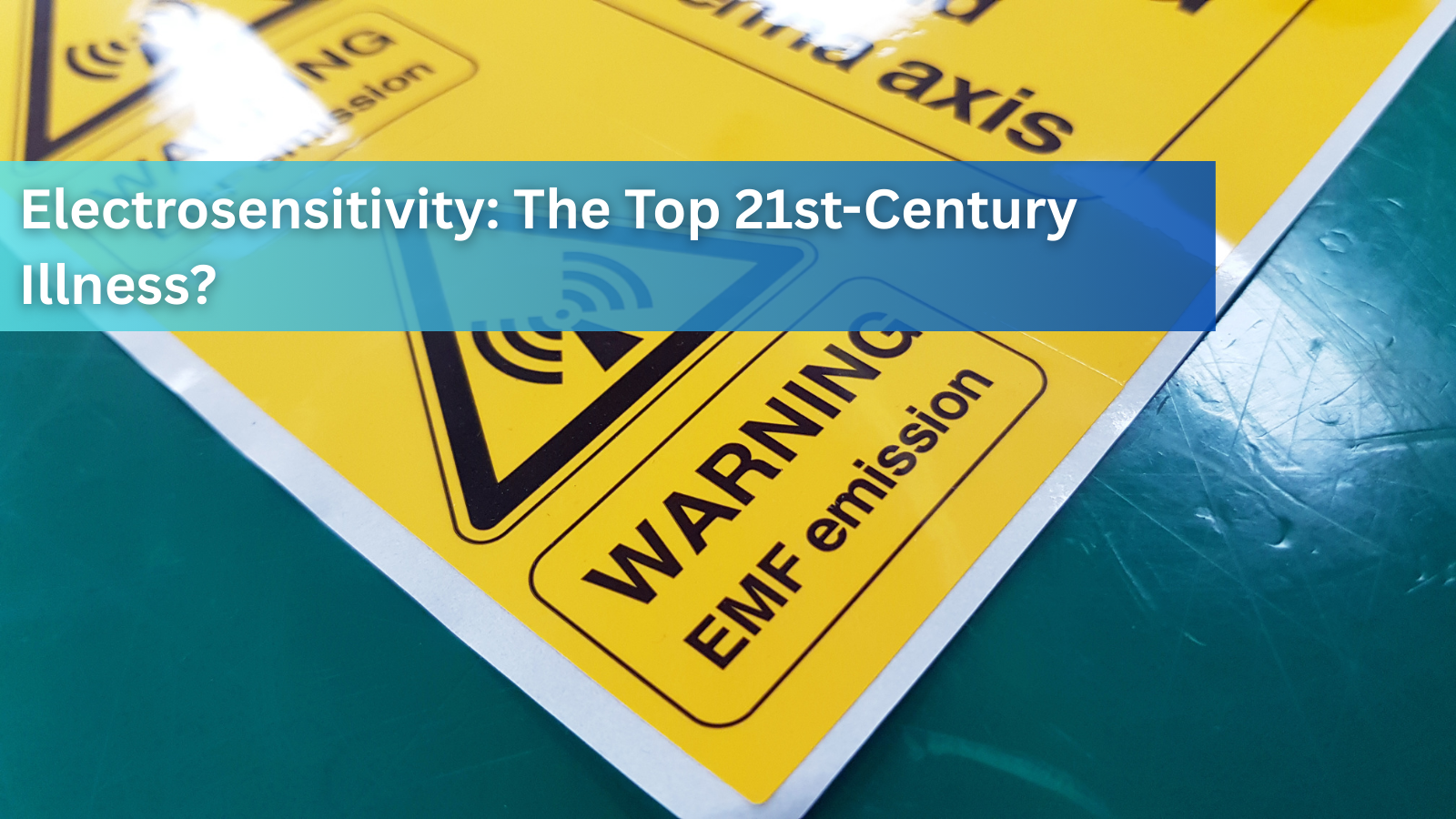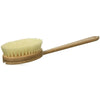New Study Uncovers Surge in Scientific Fraud: Paper Mills Now Outpacing Legitimate Research

A new study published in the Proceedings of the National Academy of Sciences (PNAS) has sent ripples through the global academic community. he research has discovered little new, but the sheer amount of scientific fraud is now staggering. Orchestrated through fake labs and industrial-scale “paper mills,” fraudulent science has been accelerating at an alarming pace. According to the recent study, the output of these fake scientific studies is now doubling every 18 months, threatening the integrity of the "established" science itself.
What Are Paper Mills?
“Paper mills” are clandestine operations—often for-profit—that churn-out fraudulent scientific manuscripts, complete with fabricated data, fake authorship, and artificially generated figures. These papers are then submitted to academic journals, using compromised peer review processes and/or exploitative submission routes.
For the right price, anyone can be listed as an author, and in some cases, these papers are used to boost academic résumés, qualify for grants, or meet promotion requirements in universities with a "publish or perish" culture. Publishing has become increasing favored by universities because of the additional credibility they gain from them, and pressure their faculty to publish as much as possible.
The Study: 32,000 Suspicious Papers
The study in PNAS analyzed over 32,000 suspicious papers using text analysis, image forensics, and metadata tracking. Many of these papers bore striking similarities in structure and phrasing—signs that they were not independently written or peer-reviewed in good faith.
Even more concerning is the trajectory. The authors found that the production rate of fraudulent studies is growing exponentially—outpacing genuine scientific output in several fields. At this rate, fabricated science could soon comprise a significant share of the global research corpus.
Why This Matters: More Than Just a Scandal
The implications of this fraud epidemic are profound:
- Contaminated knowledge base: False data incorporated into meta-analyses or cited in future research can mislead entire fields.
- Public health risks: Medical studies based on fraudulent data could lead to unsafe or ineffective treatments being approved.
- Loss of trust: A collapse in the public's confidence in science can fuel conspiracy theories and anti-science sentiment.
- Misallocation of funding: Grant money and academic positions may be awarded based on entirely fabricated credentials.
As Professor Elisabeth Bik, a microbiologist and science integrity consultant who was not involved in the study, notes:
“The presence of thousands of fraudulent studies doesn’t just dilute real science—it actively misguides it.”
Infiltration of Academic Journals
One of the most alarming findings is how deeply these fake studies have infiltrated reputable journals. While many fraudulent papers are published in lower-tier or predatory journals, even respected publications have occasionally fallen victim due to inadequate screening or overwhelmed peer review systems.
The study’s authors call for systemic reforms, including:
- Stricter authorship verification
- Advanced fraud-detection algorithms
- Cross-journal collaboration to detect and flag suspicious submissions
- Greater transparency in peer review
Technology: A Double-Edged Sword
While artificial intelligence and automation can be used to detect fraud (e.g., by identifying copy-paste patterns or analyzing image manipulation), these same technologies are also being used by fraudsters to create more sophisticated fakes. AI-generated data, fabricated charts, and even plausible experimental protocols are now within reach for those willing to exploit the system.
As the arms race between detection and deception escalates, institutions must invest in robust digital forensics and train editorial boards to recognize subtle indicators of fraud.
Reclaiming Scientific Integrity
Rebuilding trust in science starts with a collective effort—one that includes journals, researchers, universities, funding bodies, and governments. Some steps forward include:
- Mandatory data sharing and code repositories to verify reproducibility.
- Open peer review models that encourage transparency and accountability.
- Whistleblower protections for those exposing fraud.
- Auditing publication records, particularly in countries or institutions with high fraud prevalence.
Final Thoughts
The PNAS study is not just a wake-up call—it’s an emergency siren. As the line between authentic research and scientific fiction becomes increasingly blurred, the consequences of inaction could be devastating, both for academia and for the societies that rely on it.
For the integrity of science—and the trust it requires to function—we must act now.
Sources:
- PNAS: Study on paper mill-driven scientific fraud
- Bik, E. M., Casadevall, A., & Fang, F. C. (2016). The Prevalence of Inappropriate Image Duplication in Biomedical Research Publications. mBio, 7(3).
- Fanelli, D. (2009). How Many Scientists Fabricate and Falsify Research? A Systematic Review and Meta-Analysis of Survey Data. PLOS ONE, 4(5).

September 27, 2025
Immune Supplements: Top 10 Best Supplements to Boost Immunity
Are you looking for effective ways to enhance your body’s natural defense? Immune supplements have become popular choices to support the immune system booster function, especially in times of increased illness risk. With so many products...
Read more
September 27, 2025
Cell Phone and WiFi Safety: How to Prevent and Treat EMF Damage and Electrosensitivity
Electrohypersensitivity (EHS), often called electrosensitivity, has been a polarizing and increasingly relevant issue over the past decade and a half. Since the number of people identifying with these symptoms continues to grow exponent...
Read more
September 27, 2025
Raw Carrots: Nature’s Antibacterial & Antiseptic Food
For most of us, carrots are simply a crunchy snack or a source of vitamin A. But according to researcher Ray Peat, PhD, raw carrots offer something more unusual: they act as a kind of natural antiseptic inside the gut, helping to contro...
Read more




Leave a comment